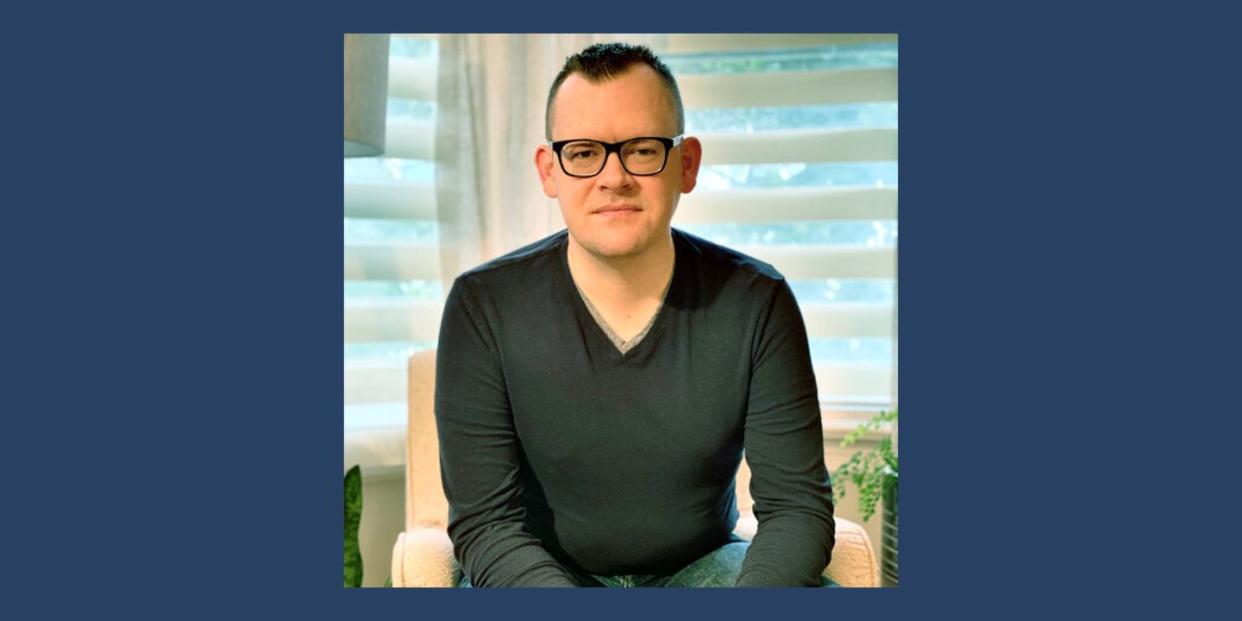How E-Design Helped Deaf Designer Joshua Jones Get His Start

For San Francisco–based Joshua Jones, launching a career as an interior designer did not follow the typical path. It wasn't a matter of skill—he had it!—but rather the discrimination and misinformation he faced as a Deaf individual. Here's how pivoting to virtual design allowed him to leap into the profession and find success.
Kaitlin: Why is e-design the right fit for you?
Joshua: I graduated from the Art Institute of Seattle in 2008, but unfortunately, I experienced discrimination from architecture and interior design firms during my job search because I'm Deaf. They were more concerned about my Deafness than my skill set. Design is about seeing, touching, and feeling—nothing to do with hearing. My partner encouraged me to start my own business six years ago, and I was excited about the idea of being able to help people all over the world. E-design means I don't have to limit myself to local design work, and it eliminates people's hesitation about working with a Deaf designer.
A post shared by Joshua Jones l eDesigner (@jjonesdesignco) on Jan 27, 2020 at 7:39am PST
Kaitlin: How do you know it’s the right designer-client fit?
Joshua: When we can have fun together in the design process. I'm very honest with hard design truths about their wants, and I think my clients appreciate that honesty.
Kaitlin: What are the most common mistakes clients make in the process?
Joshua: Clients not measuring their space properly. This is critical since I can't be there in person to do it myself. I have guides on my website specifically to address this problem and help educate clients on how to provide accurate measurements.
A post shared by Joshua Jones l eDesigner (@jjonesdesignco) on Aug 23, 2019 at 8:26am PDT
Kaitlin: Before the coronavirus, what did the e-design landscape look like?
Joshua: It was booming because more people than ever were becoming familiar and comfortable with using e-design services. However, some clients didn't realize that the cost savings is because e-design requires them to do some of the legwork, like taking measurements, finding inspiration photos, or making trips to local stores to test out furniture.
Most of my clients are DIYers and feel comfortable putting the project together on their own, but needed some professional help to know where to get the best deals, how to break down projects into manageable portions, and avoid costly mistakes. Deep down, clients often want to be bold with design but don't know where to start so they play it safe if left on their own—they need that bit of guidance to get them to a space they will love instead of just like.
Follow House Beautiful on Instagram.
You Might Also Like

